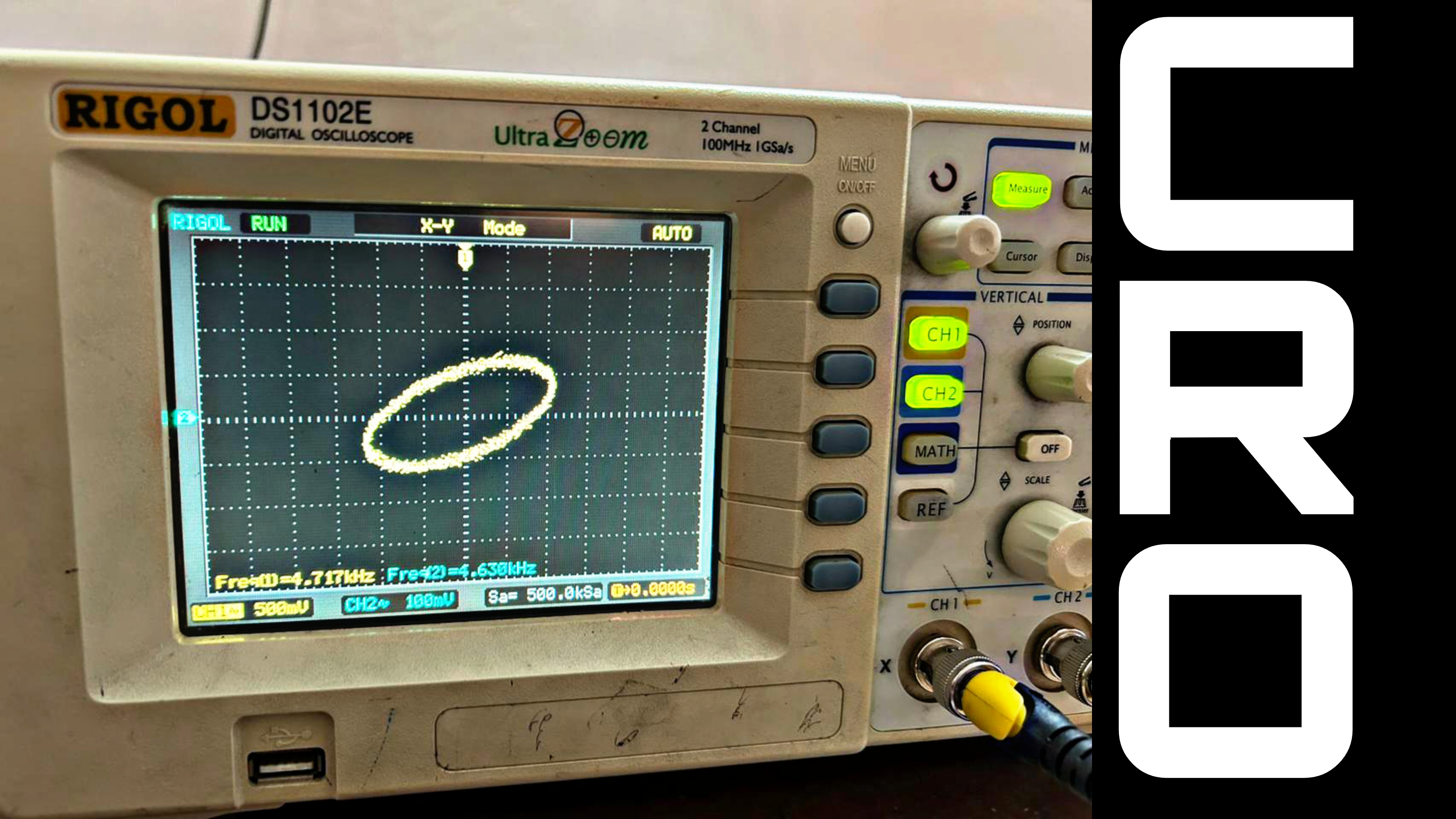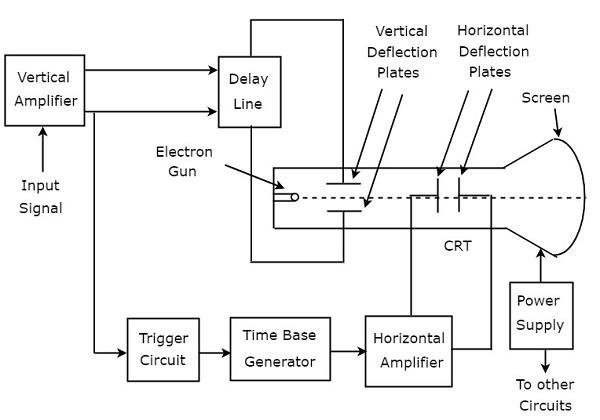Hello everyone this is @waverunner and welcome to my other post for the #stemgeeks community. In this post, I will tell you what is CRO, its principal, and its applications. And I will tell you also what are the users of the cathode Ray oscilloscope (CRO) work, its construction, and about its uses.
Cathode Ray Oscilloscope (CRO)
So the first thing in this post is what it's CRO. CRO is an electronic test instrument would you use to measure the amplitude of voltage current and other different electrical quantities we can also lot the graph of input signals can compare and then put signals we can find phase shift time interval frequency distortions also. This device it's too old device currently maximum people use DSO which is a digital type oscilloscope and there are lots of features are there like we can save the data in any kind of external drive memory and We are getting the most accurate data in it and I am sitting constructions and principal of CRO s the constructions of the principle of it is something and interesting which I like that is the reason I want to share it in this platform this device is too old and the better version of it is also available in the market that is the reason people are not using it in the student I want to see her the principal and construction with its application in this post.

Working Principle
The working principle of CRO is an electric field There is an electron gun present which produce the electron ray and the electron ray hit on the first phosphorus plate and it creates a bright spot on the display. That is the reason we can see graphs on display. There are two pair of plates also available in the Cathode Ray Tube first horizontal plate and the second vertical plate to amplify and shift the waveform. We are entering a single waveform in it but plates are available in a difference so to reduce the time difference of waveform on both plates we put a delay line on the vertical amplification plate.
Block Diagram

Cathode Ray Tube (CRT)
It is the main person of this device because it changes signal to visual form CRT is a vacuum tube with an electron gun and electrostatic deflection plate also available in it. An electron gun produces a high-energy electron and a vertical deflection plate amplifies the waveform in a vertical direction while a horizontal deflection plate amplified the waveform in a horizontal direction. And finally, we get output on the phosphorus plate in the form of visuals.

We are using in it a high voltage and a low voltage used in heater produce an electron and high voltage used to generate high energy electron beam.
There is a vertical amplifier that is connected to vertical deflection plates with a Delay line and another plate that is connected with horizontal amplified with the trigger circuit and time base generator. We got two types of amplified waveforms in the X and y direction. First, it synchronized these waveforms as input signals.
The working off CRO is different than the movement of electrons because the electron beams how much amplified and how much deflected these things will see on the phosphorus plate.
Quantities Measurements
- Frequency
- Time Period
- Phase Shift
- Amplitude
- Time Difference
Application
- The CRO is used to measure the frequency, voltage, current, inductance, and resistance.
- it's used by radio stations to see signals.
- It is used in laboratories to obtain signals, amplitude, frequency, etc.
Posted with STEMGeeks




